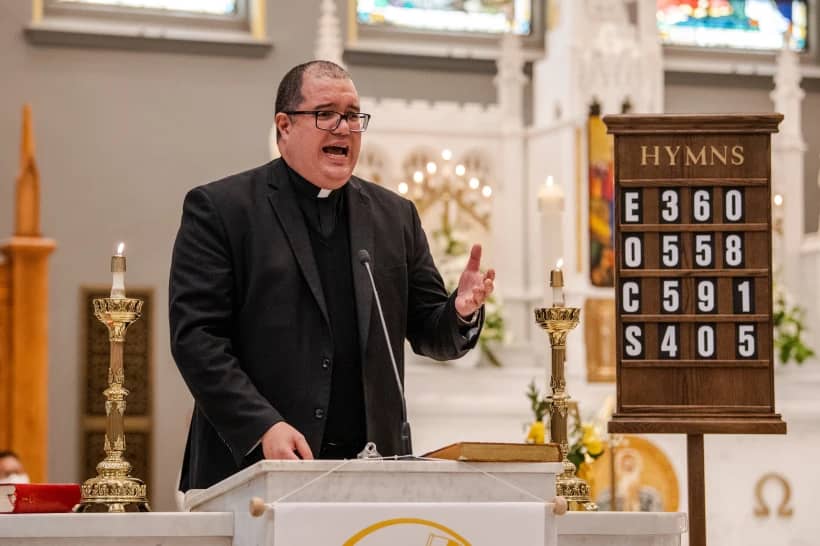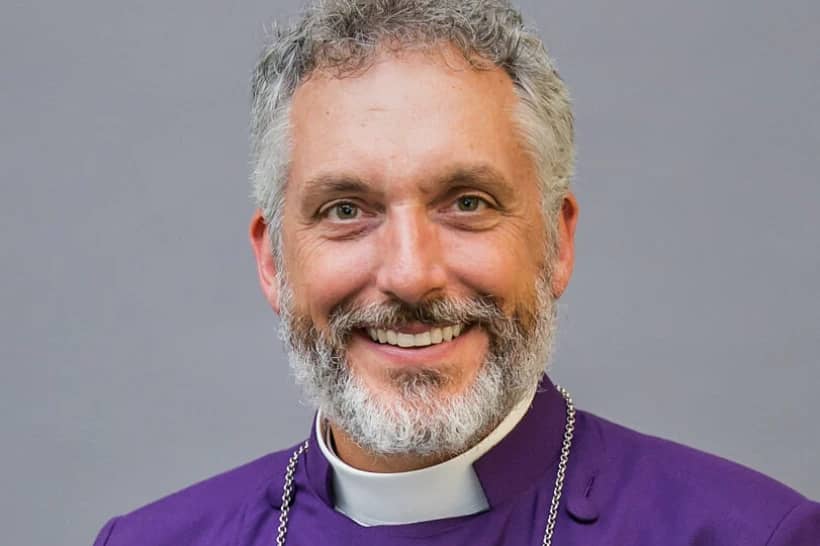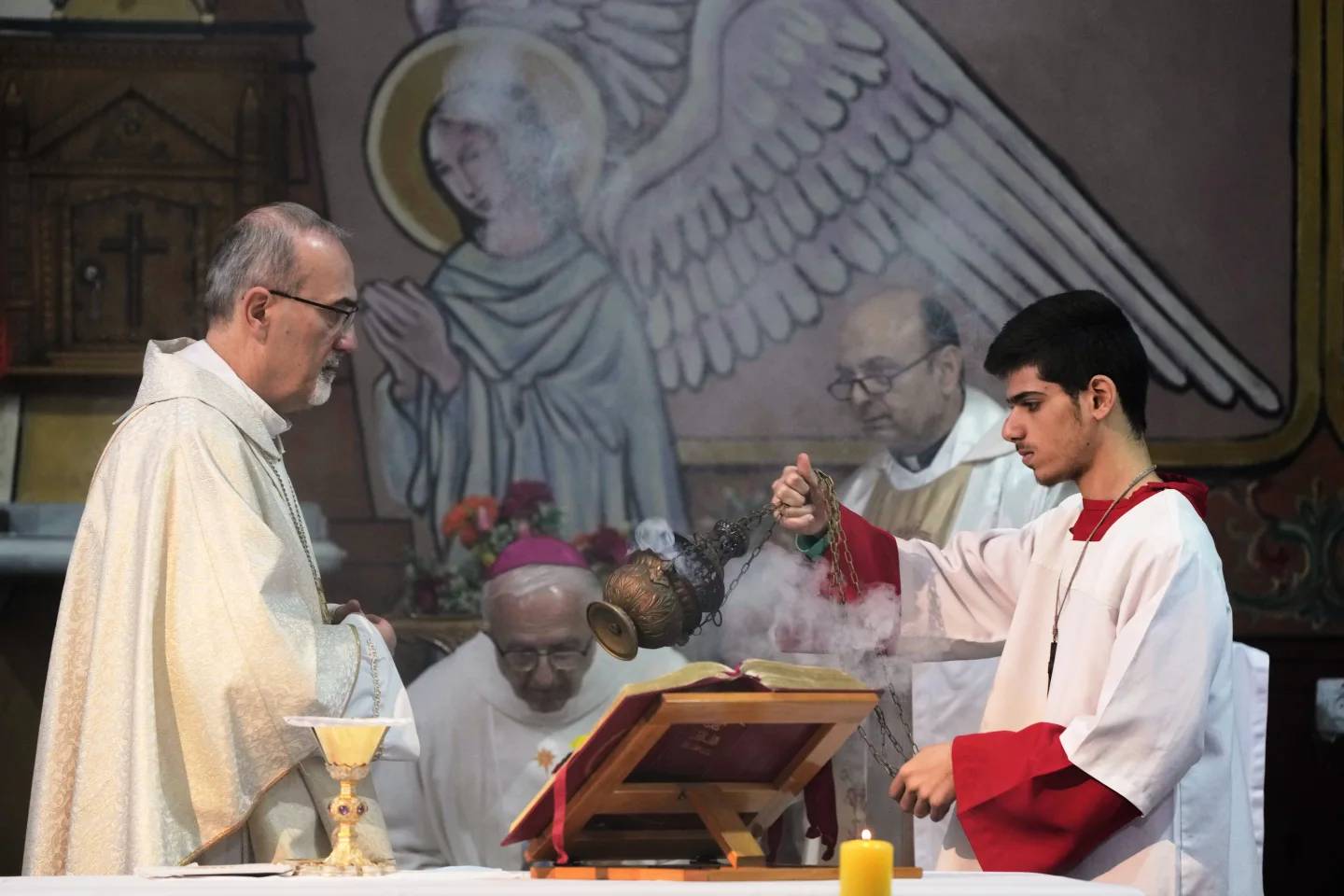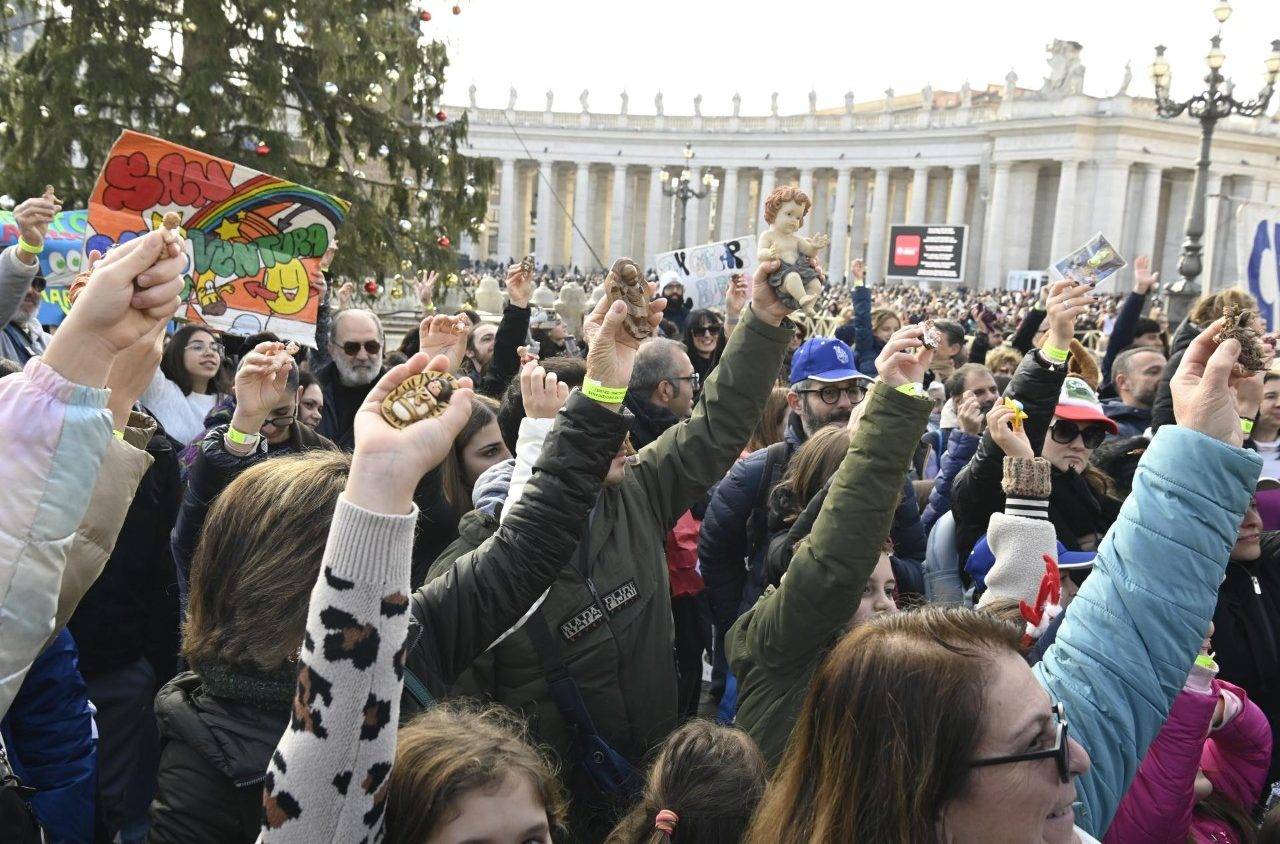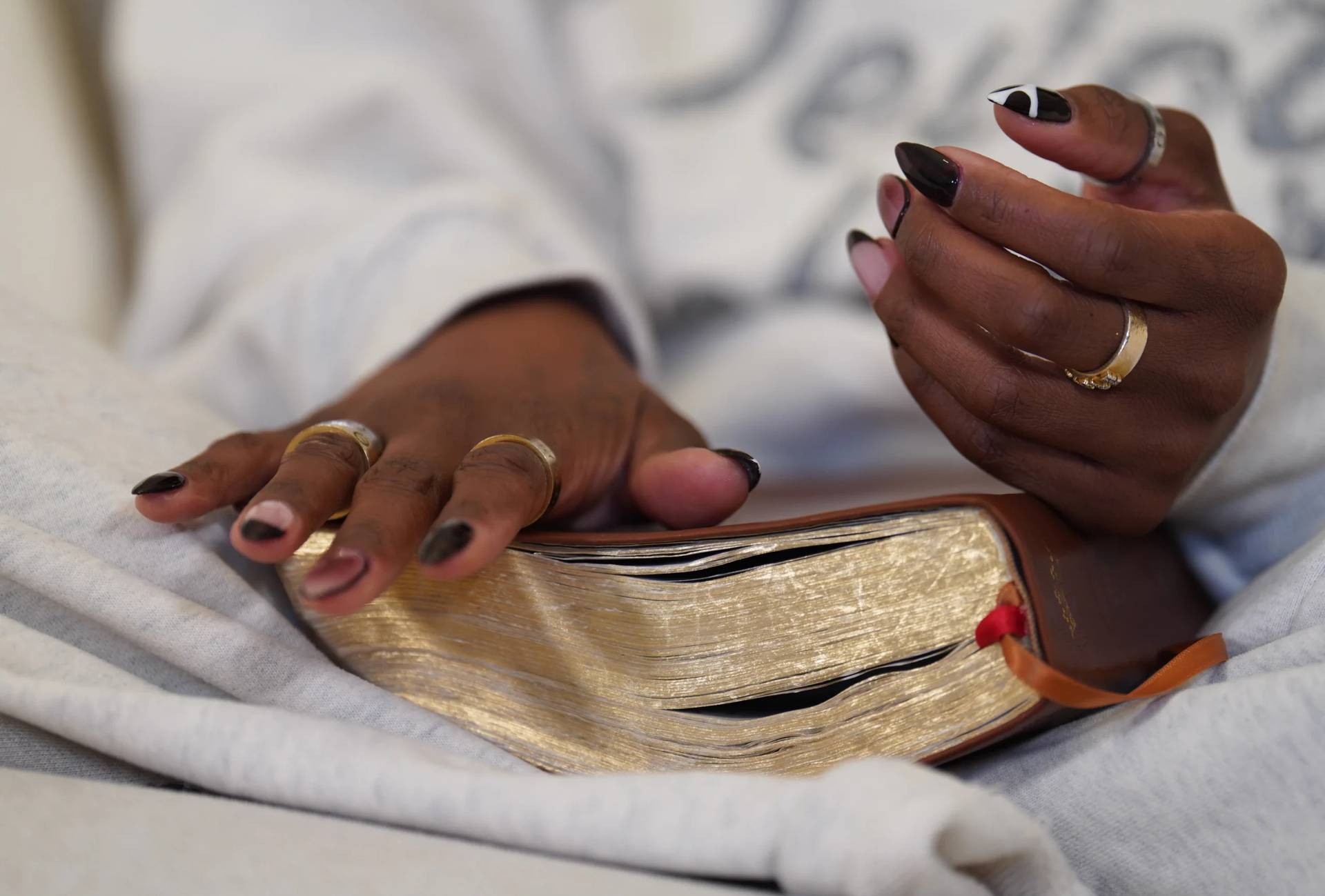MUMBAI – India is famed for its tradition of hunger strikes as a tool to protest injustice and oppression. What’s happening today at St. Paul the Hermit Church in Bangalore, however, may not be quite the stuff of Gandhi’s campaign against British rule.
Members of the congregation have launched a hunger strike to protest an April decision by Archbishop Bernard Moras of Bangalore to shut the parish down, after it defied his order not to install a statue of a controversial local priest.
Of the thirteen parishioners who began the hunger strike on May 29, six were hospitalized on May 31, and two more are being treated at the church compound itself.
The hunger strikes comes in addition to a civil lawsuit filed by parishioners against Moras, claiming that shutting down the parish violates their freedom to worship. A hearing on that case is set for Monday.
The priest at the heart of the story, Father Chowrappa Selvaraj, was popularly known as “Father Chasara,” and he has a devoted following at St. Paul’s and other parts of the archdiocese among the Kannada-speaking population, the ethnic group that’s traditionally been dominant in Bangalore.
Selvaraj, a prolific writer and preacher in the local Kannada language, died March 15 at the age of 60, leaving behind a legacy of controversy.
He was one of six priests charged in the sensational 2013 murder of Father K.J. Thomas, at the time the rector of St. Peter’s Pontifical Seminary in Bangalore. According to a police spokesman, evidence shows that Selvaraj took part in crucial meetings when the plot against Thomas was hatched, held a week and then just a day before the murder.
Investigators believe the motive for the killing was that Thomas was seen as not giving enough prominence to priests who speak Kannada, and that removing him would make way for a more pro-Kannada rector.
The current dispute over St. Paul’s revolves around the fact that parishioners took matters into their own hands and installed a bust of Chasara in the church compound, despite having been instructed not to do so.
In response, Moras cited the Code of Canon Law that stated that no statue of any person who is not duly beatified or canonized, meaning formally declared a saint, can be installed, and ordered the parish closed.
“Installing a statue of a priest in the church compound is in violation of canonical norms, and immortalizing the priest, especially by a faction of the people, would demoralize the whole church as well as the faithful,” he said.
Selvaraj’s popularity is fueled in part by bitterness felt by Kannada speakers against outsiders, meaning non-native Kannada speakers, imposing English and other languages, a long-standing source of resentment in Bangalore often stoked by class and ethnicity.
Moras told Crux he believes those sorts of forces are exacerbating the conflict at St. Paul’s.
“It is also most unfortunate, that in addition to our people, allegedly there are suspected outside vested interests insidiously involved against the Church,” he said.
Moras also said he’s not acting alone.
“Ecclesial superiors at all levels are being informed prior to any decision I have taken and also being kept updated about the developments,” he said.
After the arrests of Selvaraj and another priest in 2013 for the rector’s murder, Moras said he visited them in prison.
“Irrespective of whether these two priests were accused, as a bishop I visited them, and I also visited them in this Year of Mercy, and we communicated affectionately,” he said.
“Of course I was clear, that while we could not interfere in the legal matters and that the law would take its course, but I also assured them of assistance,” he said.
Last year two Catholic groups in India, the Federation of Konkani Catholic Associations (FKCA) and the Indian Christian United Forum (IUCF), sent a petition to Pope Francis demanding the “de-frocking” of the two priests charged in the murder for their “un-Christian” activities and behavior.
When Selvaraj died Moras did not attend his funeral, in accord with the priest’s own wishes, who in an October 205 will had specified that “the archbishop should not say the requiem mass for me.”








